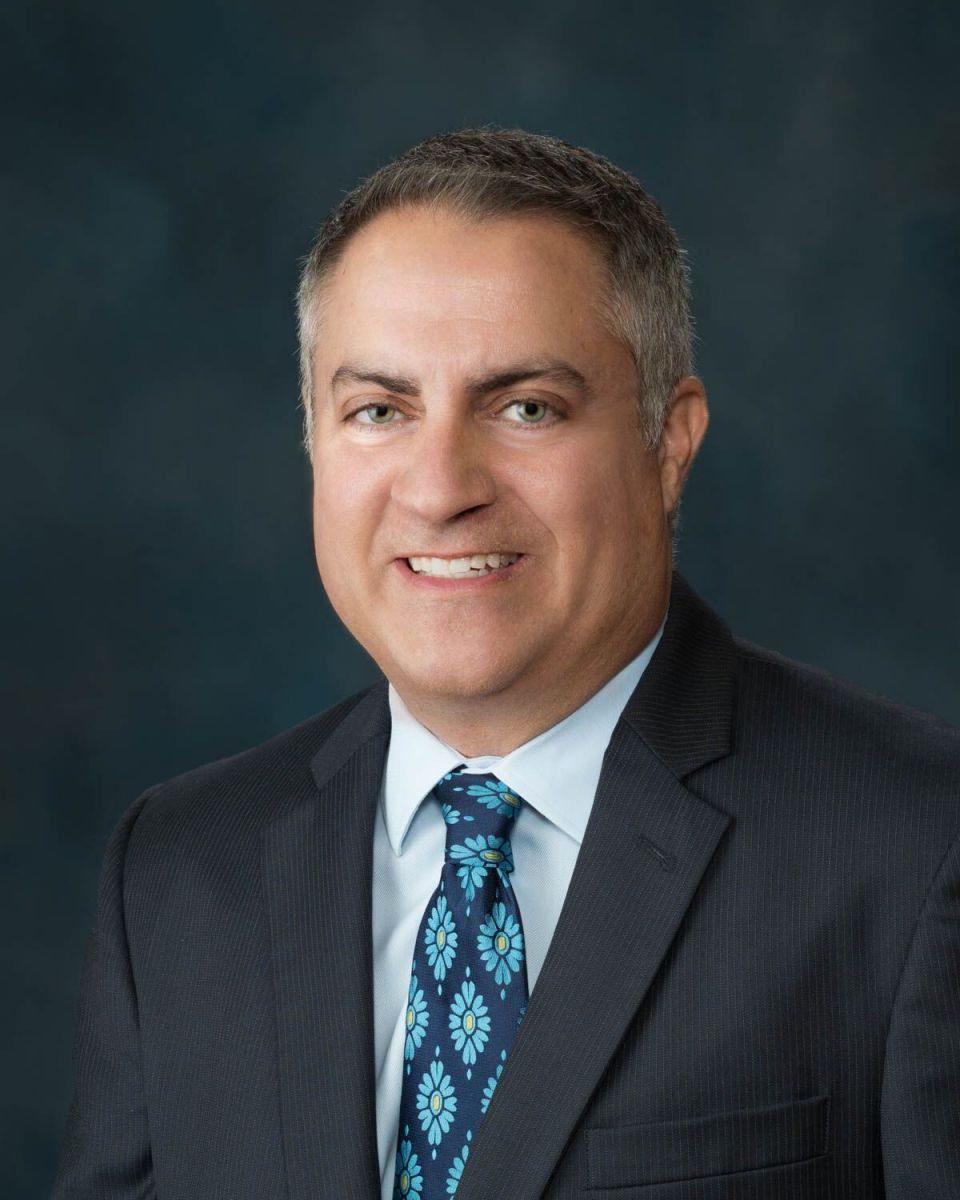Administration
Mr. Neiss brings over 30 years of experience in community development and public administration, with a strong track record of leadership and innovation in local governance. He has dedicated the last 23 years to the Carefree community, initially serving as the Town's first Planning and Zoning Administrator, where he played a pivotal role in shaping the Town’s growth and development. For the past 15 years, Mr. Neiss has served as the Town Administrator, acting as the chief administrative officer and spearheading efforts to enhance the quality of life for residents and ensure the effective functioning of the local government.
Throughout his tenure with the Town of Carefree, Mr. Neiss has garnered widespread recognition from various professional organizations for his exceptional contributions to the town’s planning and zoning initiatives, public works projects, and fiscal management. His leadership has been instrumental in implementing a range of innovative and forward-thinking strategies, including the development of the consolidated municipal court, which has proven to be both cost-effective and operationally efficient.
Under his stewardship, the Town has seen remarkable financial growth, with capital reserves reaching record highs. Mr. Neiss has strategically allocated these funds to improve critical infrastructure, including public streets, drainage systems, fire and emergency services, and public safety investments, all while maintaining a strong commitment to the town’s conservative fiscal approach. His efforts have not only enhanced the Town’s physical infrastructure but have also solidified its financial stability for future generations.
In addition to his administrative expertise, Mr. Neiss is highly regarded for his ability to build consensus and work collaboratively with various stakeholders, including town officials, residents, and regional organizations. His deep understanding of community needs, combined with his commitment to transparency and accountability, has earned him the respect of both his colleagues and the community he serves.
Mr. Neiss’s legacy in Carefree is one of steady, thoughtful leadership, and his continued focus on sustainable growth, fiscal responsibility, and public service has set a high standard for local government excellence.
Town Administrator
Gary Neiss

Provides strategic leadership and direction to the organization, working closely with the Town Council and other stakeholders to implement policies and initiatives.
Office Manager
Debbie Dominico
Provides administrative support to the Town Administrator and other department heads, facilitating smooth operations and communication within the Town Administration.
